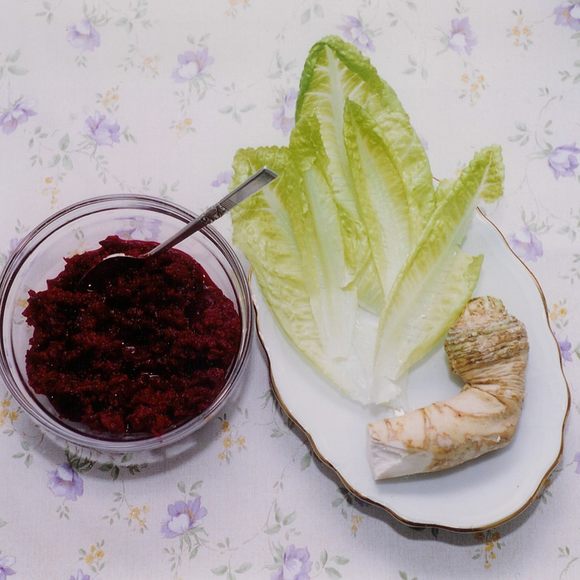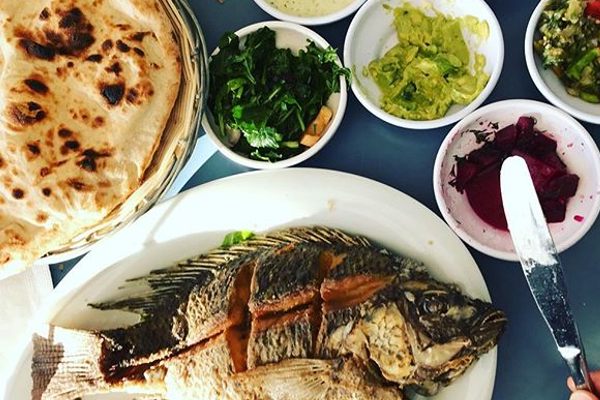Anyone who attends Passover seders knows the taste of maror, the bitter herb. While some might assume it refers to horseradish, which is commonly used in the United States, maror is more of a concept than ingredient.
In the book of Exodus, bitter herbs symbolize the hardship that Jews endured as slaves in Egypt. Jewish people observing Passover, a holiday that commemorates their liberation from Egypt and first formation as a nation, hold a ritual feast (seder) where certain foods represent aspects of this history. Matzo bread is unleavened and flat because Jews leaving Egypt didn’t have time to let their bread rise. Charoset, a sweet paste made from fruit and nuts, represents the mortar that enslaved Jews used to lay bricks for the Pharaoh. Maror has a more abstract meaning, but is still a central aspect of the traditional seder plate.
The word maror doesn’t refer to any one ingredient—Jews have turned to many plants as maror across different traditions and regions. According to the Mishnah, an early collection of Jewish laws, only five particular plants could be used for maror, but circumstances sometimes call for different interpretations. Many American Jews use horseradish, but romaine lettuce is another common variant because of its bitter aftertaste. Prickly lettuce, a wild green that grows in Israel, is also sometimes eaten as maror. Endive, curly parsley, and even green onion can stand in as well. These plants may all be enjoyable foods, but on Passover, they represent a tiny taste of hardship and pain.
Written By
 Ike Allen
Ike Allen
Sources
- www.joyofkosher.com/2017/04/what-is-on-the-seder-plate-and-how-to-make-your-own/
- www.realsimple.com/holidays-entertaining/holidays/more-holidays/seder-meal
- www.myjewishlearning.com/article/matzah-and-morality/
- www.eater.com/2016/4/23/11477536/what-is-charoset-passover-seder
- www.ou.org/torah/machshava/tzarich-iyun/tzarich_iyun_using_horseradish_for_maror/
- www.chabad.org/holidays/passover/pesach_cdo/aid/1749/jewish/What-Is-Maror.htm














